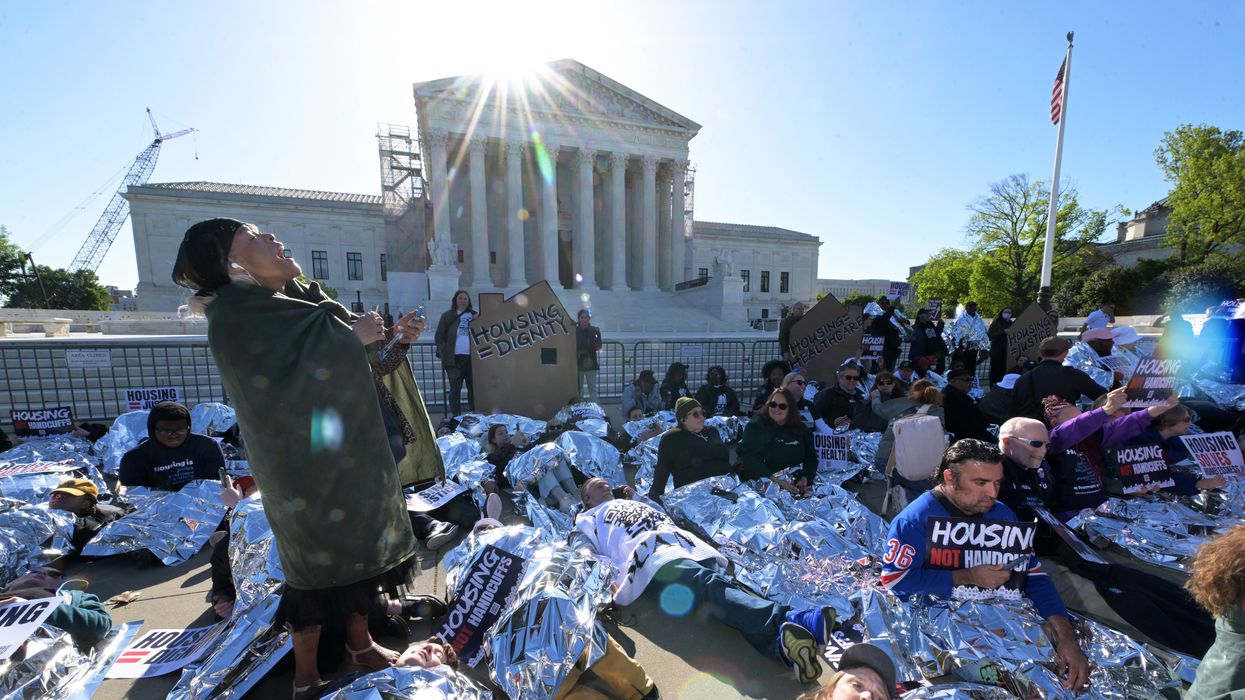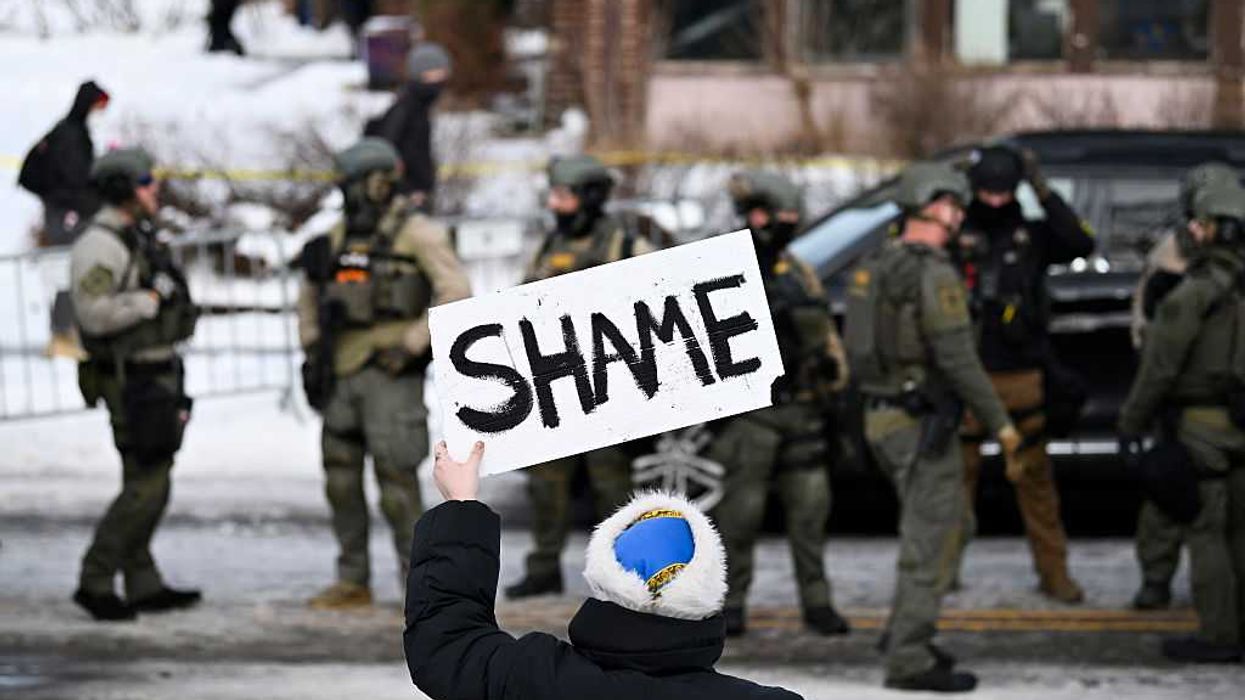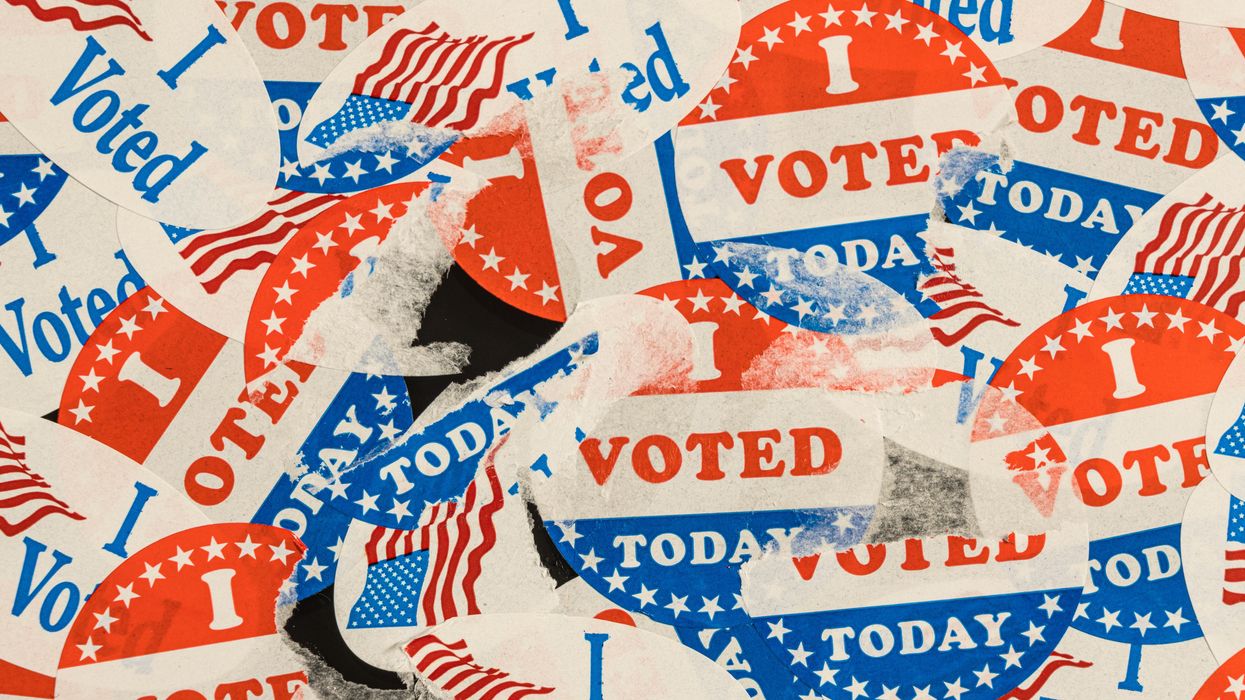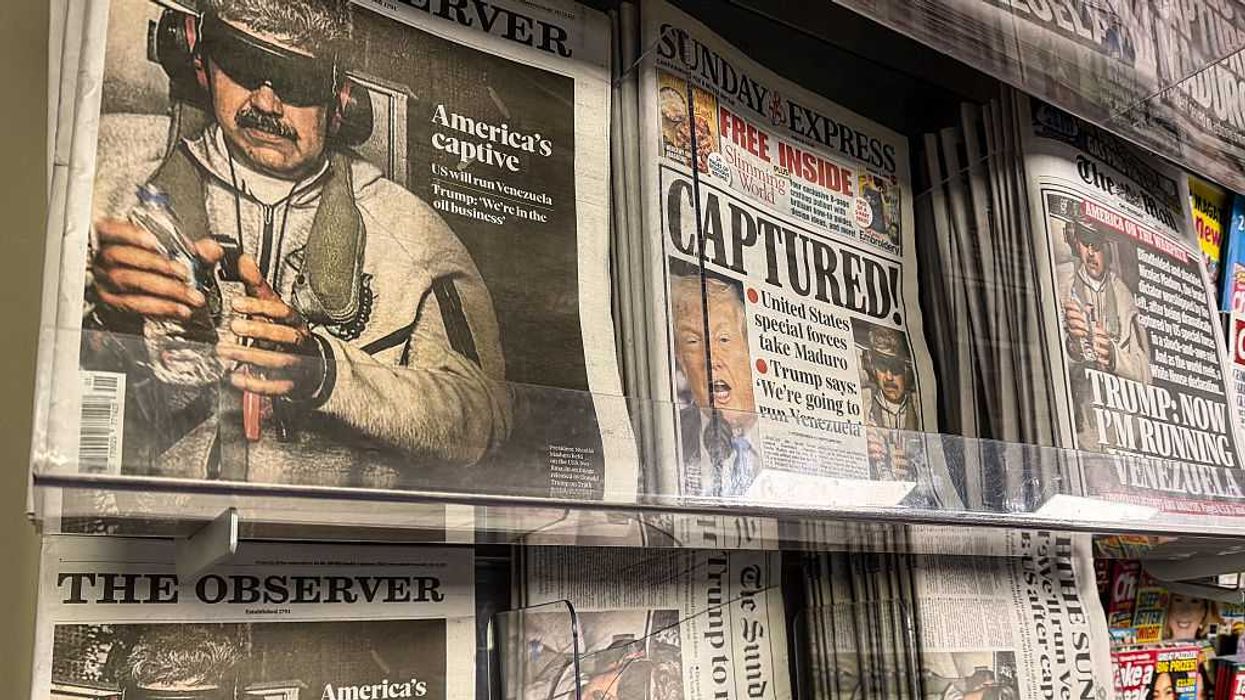Herring is an assistant professor of sociology at UCLA, co-author of an amicus brief in Johnson v. Grants Pass and a member of the Scholars Strategy Network.
In late June, the Supreme Court decided in the case of Johnson v. Grants Pass that the government can criminalize homelessness. In the court’s 6-3 decision, split along ideological lines, the conservative justices ruled that bans on sleeping in public when there are no shelter beds available do not violate the Constitution’s prohibition on cruel and unusual punishment.
This ruling will only make homelessness worse. It may also propel U.S. localities into a “race to the bottom” in passing increasingly punitive policies aimed at locking up or banishing the unhoused.
Like many West Coast localities, the town of Grants Pass, Ore., suffers from an acute affordable housing crisis and no homeless shelters for adults. In 2013, the city council hosted a meeting to “identify solutions to the current vagrancy problem.” Rather than expanding shelter or housing, the council passed ordinances that made it illegal to sleep outside with blankets, pillows or even cardboard. Every violation triggers a $275 fine, and after two citations a person may be issued an exclusion order across all public property.
This amounts to banishment from Grants Pass or incarceration for simply being homeless. As the city council president at the time said, “The point is to make it uncomfortable enough for them in our city so they will want to move on down the road.”
While the Grants Pass scheme may be uniquely cruel, local governments enforce ordinances against standing, sitting, resting and sleeping in public space across the United States. Now that the minimal guardrails of legal protections for the homeless have been removed by the Supreme Court, it is more important than ever for local lawmakers not to fall prey to populist outrage to ramp up punitive crackdowns. They should instead heed the decades of social science research that shows them to be both counterproductive and cruel.
Synthesizing over 50 published research papers on the impacts of these laws from small towns to large cities, a group of social scientists including myself filed a brief for the Supreme Court in the case. The research consistently arrived at a broad consensus. The enforcement of anti-homeless laws not only fails to reduce homelessness in public space beyond a few blocks, it also traps people in homelessness longer and exacerbates health conditions, all while creating numerous barriers to shelter, treatment, jobs and housing.
Enforcement of anti-homeless laws has been shown to have various negative health impacts. For instance, a 2021 California study of 3,200 adults experiencing homelessness in eight counties found that 36 percent had their belongings taken and/or destroyed by local agencies while enforcing anti-homeless ordinances in just six months. Participants in this study and in other large surveys taken in Denver and Honolulu reported having lost life-saving medicine needed to treat HIV and Hepatitis C, ID and benefit cards, walkers, canes, crutches, and wheelchairs. Meanwhile, CDC scientists acknowledge that clearing encampments through enforcement increases the spread of infectious disease, increasing public health risks.
A study surveying doctors and medical providers identified widespread frustration with enforcement. The houseless regularly avoid appointments or even hospitalization from fear that their property will be destroyed. Many lose benefits and prescriptions due to short incarcerations. All of this leads to negative health impacts, increased emergency room utilization and exorbitant health care costs on already strained systems.
Many people experience incarceration for their first time due to their homelessness, but the consequences have lasting effects. Incarceration often means a loss of employment due to absence and increased difficulty securing new employment stemming from their newly acquired criminal record. The mark of a criminal record also leads to exclusions in the housing market due to landlord discrimination.
Tickets are often viewed as a civil infraction, but they can have the same punitive impacts. Unpaid citations in most U.S. localities result in arrest warrants, spoiled credit, suspensions of driver’s licenses, and erect multiple barriers to exiting homelessness. In San Francisco, a study found that 90 percent of the 10,000 to 15,000 citations given to homeless people each year for sitting, camping or loitering go unpaid — no surprise considering the poverty of those cited.
Not only are those with warrants often barred from work and housing, they are also restricted from residential drug and mental health treatment programs, as well as homeless shelters in many states. Rather than working as sticks to push people towards better life choices and opportunity, studies consistently find that enforcement more often pulls people deeper into poverty and extends their homelessness.
Despite the overwhelming evidence that these laws are ineffective, costly and harmful, they are politically popular. For politicians in power, enforcement reduces public outrage.
Such laws have been consistently found to do nothing to curb wider collective urban disorder or reduce homelessness in public space. But enforcement scratches the itch of individual angry residents and business owners dialing 911 to have their block spot-cleaned of homelessness. Meanwhile, political challengers often campaign on even harsher ordinances, blaming the persistence of homelessness on the incumbent’s tolerance. Both positions distract from the real issue of the growing affordable housing crisis at the problem’s root, which politicians are weary to address.
Even if the Supreme Court had ruled in favor of the homeless plaintiffs, the truth is little would have changed without further political and legal pressure for reforms. And though Friday’s ruling is a huge step backwards, it won’t stop the ongoing legal cases to protect unhoused people’s rights on Fourth, Fifth, and 14th amendment grounds of rights to property, due process and equal access to shelter.
Nonetheless, the court’s decision now frees localities of even the lowest level of accountability in its criminal treatment of homelessness. It will also fuel political competition between cities, counties and even states to pass increasingly punitive policies as they try to push their unhoused residents “down the road.”





















